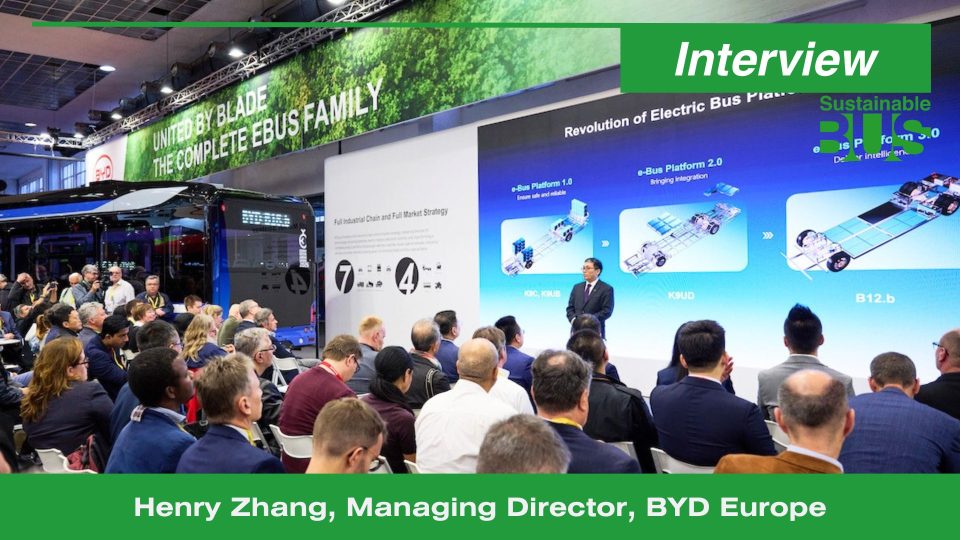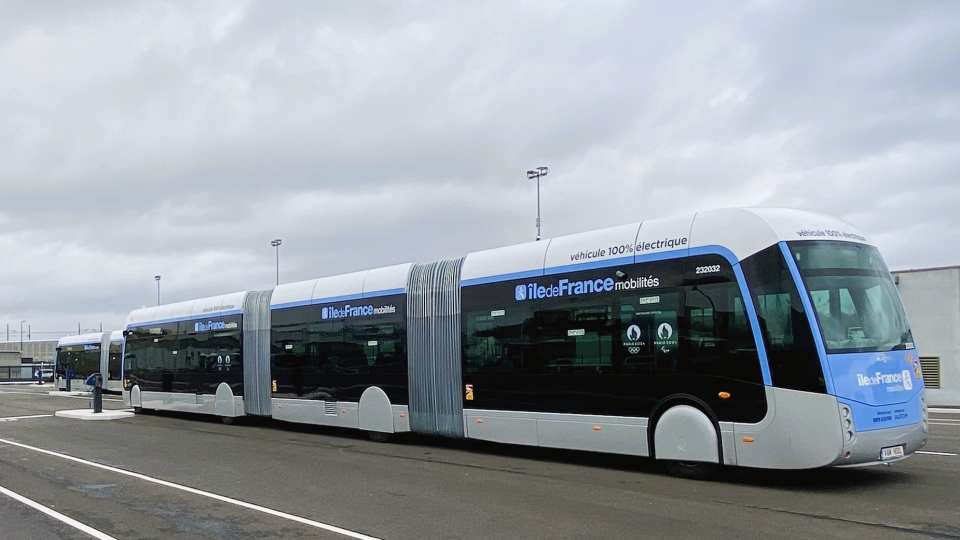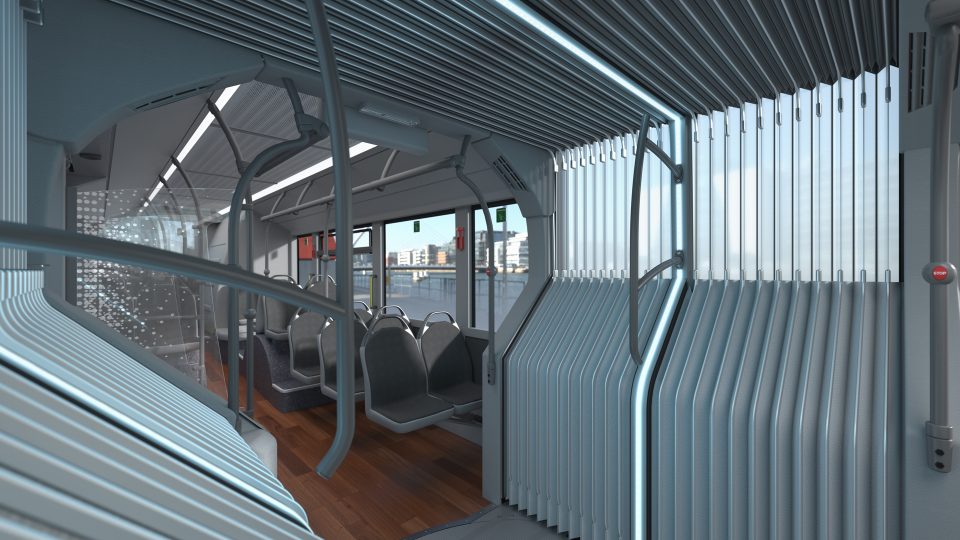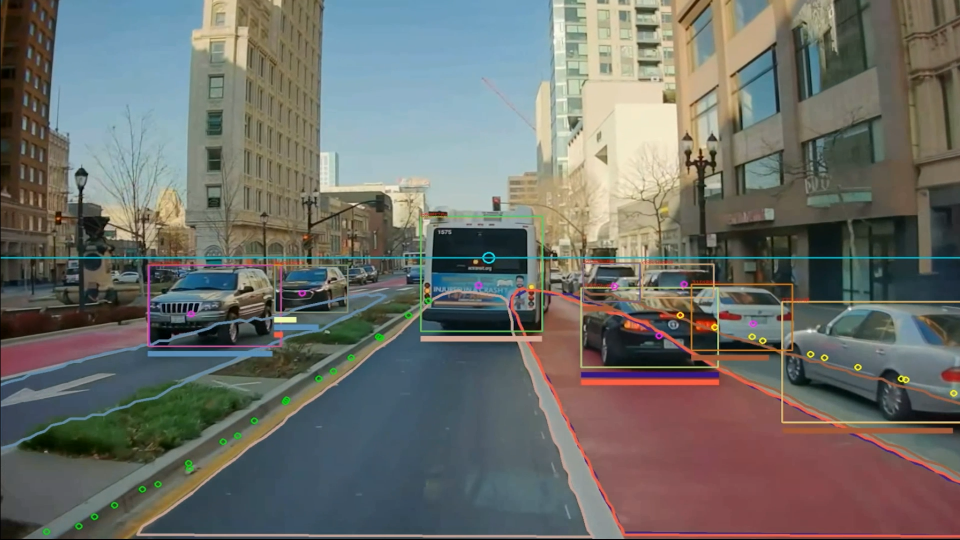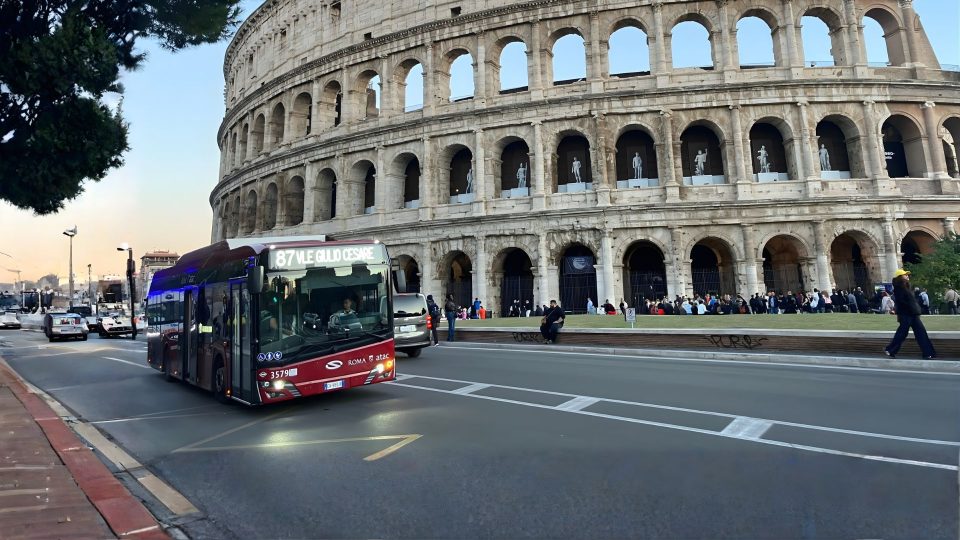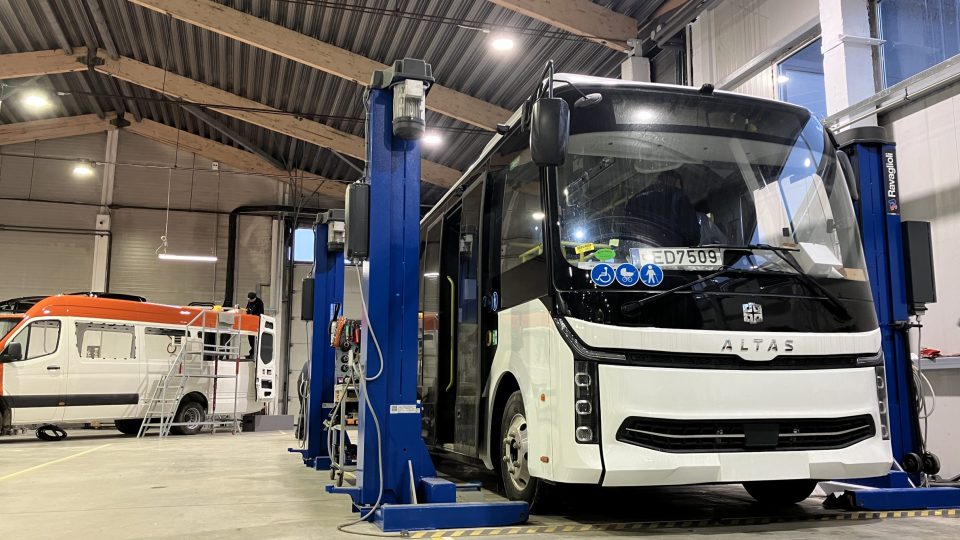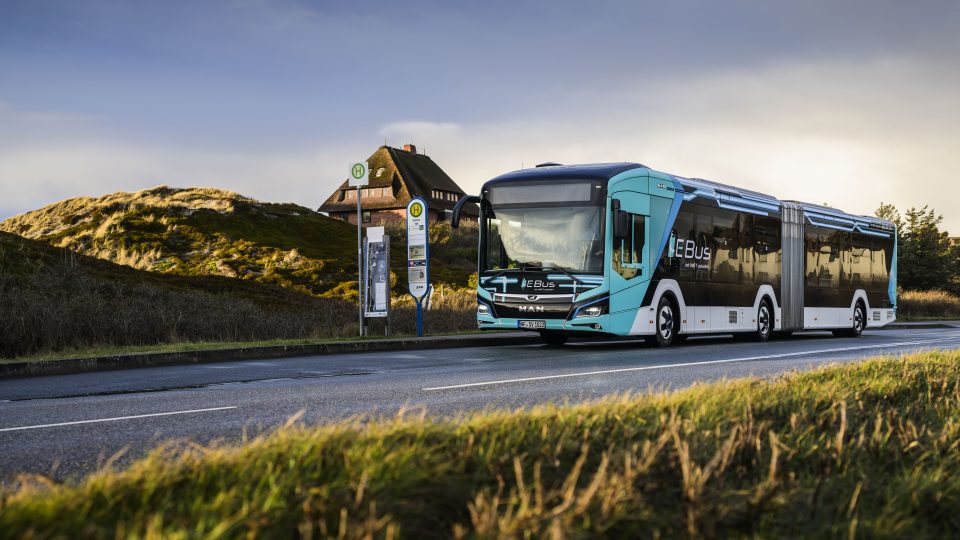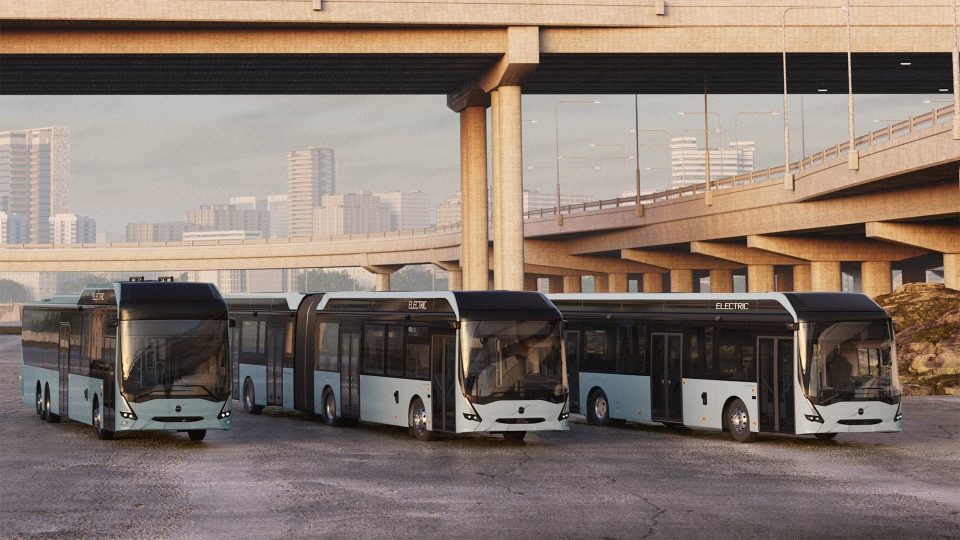upBUS project in Aachen merges autonomous E-bus with ropeway
A research consortium led by the Chair of Production Engineering of E-Mobility Components (PEM) at RWTH Aachen University is entering the testing phase of a mobility solution that integrates autonomous electric buses with a ropeway system. Known as upBUS, the project aims to merge the flexibility of road-based transport with the efficiency of cable-operated infrastructure […]
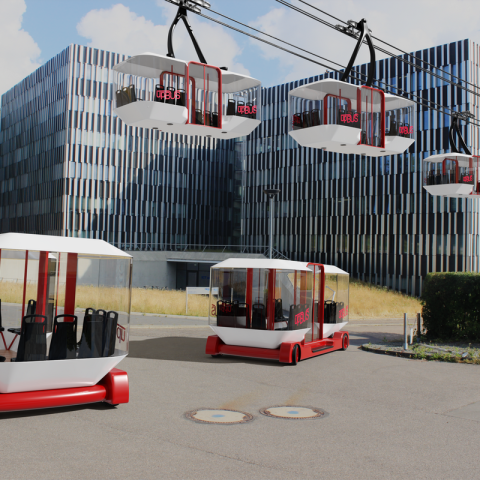
A research consortium led by the Chair of Production Engineering of E-Mobility Components (PEM) at RWTH Aachen University is entering the testing phase of a mobility solution that integrates autonomous electric buses with a ropeway system. Known as upBUS, the project aims to merge the flexibility of road-based transport with the efficiency of cable-operated infrastructure in a single modular platform.
Following the completion of a functional test setup, a first field trial of a minimal prototype is scheduled for mid-2025.
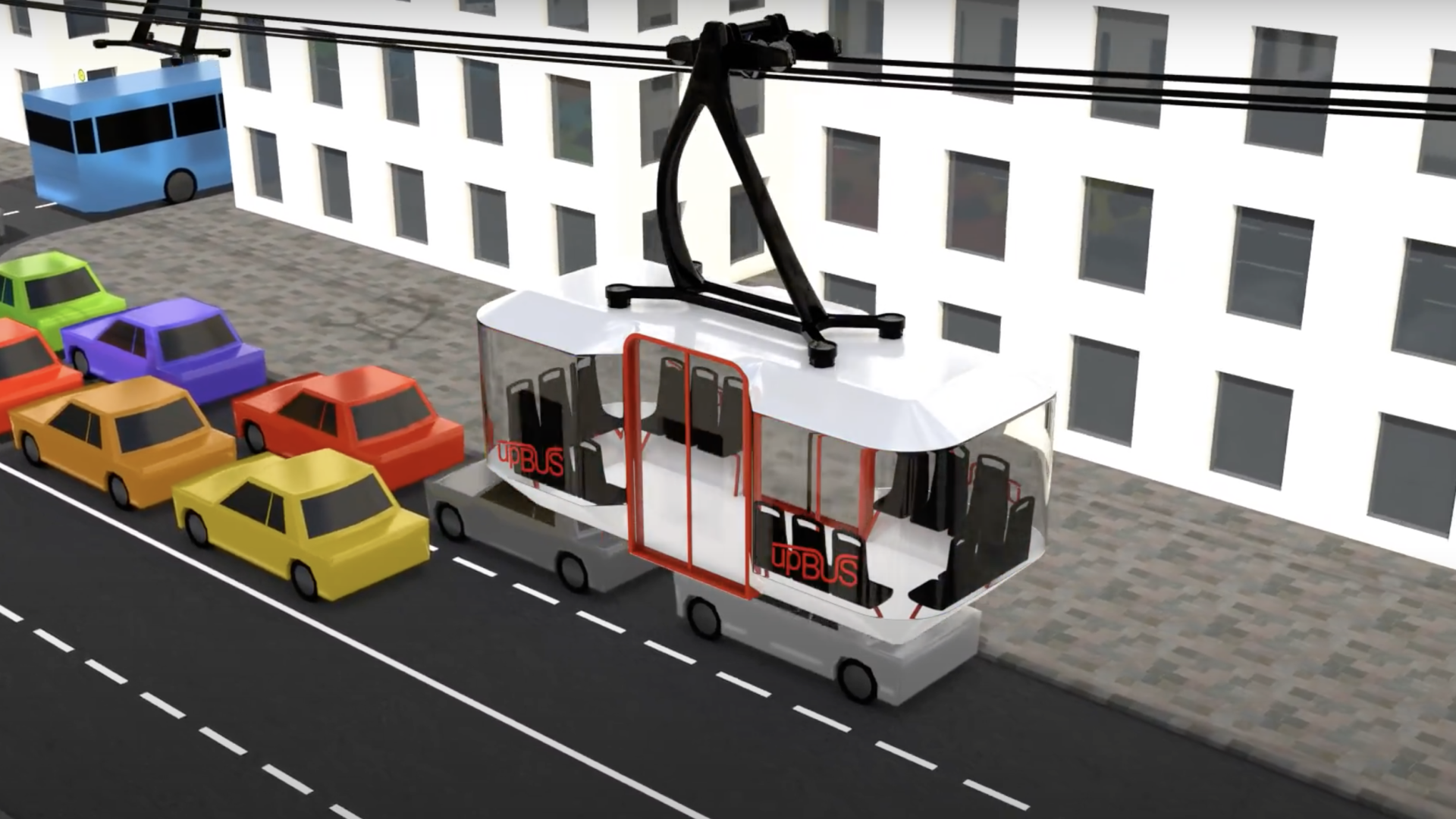
The first operational test will involve, in August 2025, a so-called “primotype,” a semi-autonomous 48V electric vehicle equipped with LiDAR, stereo cameras, and a lifting module. It will serve to validate the docking sequence and safety parameters of the iTSI interface. By the end of the project, a pre-series prototype for freight transport will be constructed and deployed for field trials. Simultaneously, a passenger version will be developed in digital form, featuring capacity for ten occupants and standard transit equipment, including barrier-free access, an infotainment system, and automatic doors.
upBUS: merging buses with ropeways…
Funded by the German Federal Ministry for Economic Affairs and Energy, the research initiative is being carried out in collaboration with two additional RWTH institutes and the municipality of Simmerath.
The core of the upBUS concept is a high level of modularity. The system architecture is based on three integrated components: a self-driving road module, a detachable passenger cabin, and the intelligent Terrestrial System Interface (iTSI). This coupling interface enables the cabin to seamlessly transfer between the road chassis and the ropeway system without passenger transfer, allowing cable car stations to act as multi-modal distribution hubs.
“As a cable car, the upBUS can bridge traffic bottlenecks or areas with difficult landscapes and then continue seamlessly as a bus without passengers having to change,” says PEM Director Professor Achim Kampker. The automatic connection and disconnection of the cabin between modes is described as the project’s main technical challenge, requiring precise alignment, safe lifting mechanisms, and a robust digital control system.

